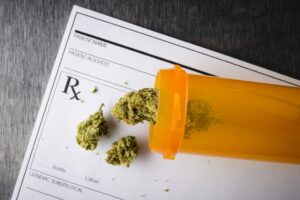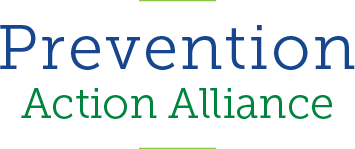
 Ohio’s legislature legalized marijuana for medical use in 2016, but it wasn’t until 2019 that products were available to consumers. Nationwide, more than half of the states in the U.S. have legalized marijuana in one form or another. It remains illegal at the federal level, however. Furthermore, it has not been approved by the U.S. Food and Drug Administration for medicinal use. Doctors don’t prescribe marijuana, they recommend it.
Ohio’s legislature legalized marijuana for medical use in 2016, but it wasn’t until 2019 that products were available to consumers. Nationwide, more than half of the states in the U.S. have legalized marijuana in one form or another. It remains illegal at the federal level, however. Furthermore, it has not been approved by the U.S. Food and Drug Administration for medicinal use. Doctors don’t prescribe marijuana, they recommend it.
Ohio’s medical marijuana program is unique from other states’ medical marijuana programs. Smoking marijuana is prohibited. Those who use medical marijuana in Ohio can only use an oil, tincture, capsule, edibles, plant material, patches, lotions, ointments, creams, or a vaping device. Ohio also has restrictions on advertising marijuana services, and there are limits on how the potency of marijuana patients can carry.
Is Marijuana Medicine?
Medical marijuana is still marijuana. It still carries all the risks of marijuana use. The FDA hasn’t approved marijuana for medicinal use because there haven’t been enough clinical trials “that show that the benefits of the marijuana plant…outweigh its risks in patients it’s meant to treat.” The FDA has approved three medicines derived from cannabinoids. Epidiolex treats two forms of epilepsy. Dronabinol and nabilone treat nausea caused by chemotherapy and increase appetite in patients with extreme weight loss caused by AIDS.
Marijuana also has a host of adverse effects and there are many unknown factors. According to the National Institute on Drug Abuse, “little is known about the long-term impact of its use by people with health- and/or age-related vulnerabilities—such as older adults or people with cancer, AIDS, cardiovascular disease, multiple sclerosis, or other neurodegenerative diseases.”
Is Using Medical Marijuana Harmful?
Yes. Legalizing marijuana for medicinal use sends the message to teenagers that it’s harmless. The reality, however, is that marijuana isn’t harmless. Marijuana has a number of adverse effects on people young and old. It:
- Negatively impacts learning and memory.
- Can reduce a person’s IQ by as much as 8 points.
- Is associated with class skipping, higher rates of suspension and expulsion, dropping out of school altogether, and lower grades.
- Increases heart rate, causes lung and breathing problems, and is linked to anxiety, depression, psychosis, and suicidal thoughts.
- Increases the risk of accidental injury and death.
- Encourages poor decision making and risky behaviors.
